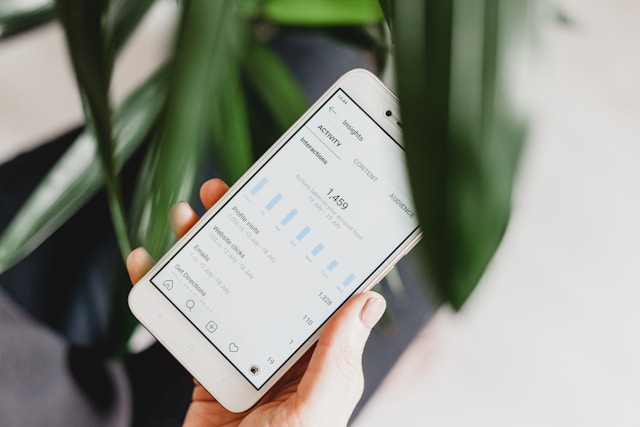If you’re running ads on Meta (Facebook and Instagram), you’ll quickly face a big, high-stakes question: Should you focus your budget on brand awareness, or jump straight into conversion campaigns? For digital marketers, founders, and business owners, this isn’t just a question of which button to press in Ads Manager. It’s a strategic fork in the road that can mean the difference between wasted spend and a pipeline of qualified leads and sales.
After helping dozens of brands build high-ROI campaigns on Meta, we’ve seen first-hand how choosing the right campaign objective at the right time can make or break your results. In this guide, we’ll break down the difference between awareness and conversion campaigns, when to use each, how to combine them for maximum impact, and the critical mistakes to avoid.
What’s the Difference Between Awareness and Conversion Campaigns?
Let’s start with the basics. In Meta Ads Manager, you’re given the choice between several objectives, but the two most common starting points are Brand Awareness and Conversions.
- Brand Awareness campaigns are designed to get your business or offer in front of as many eyeballs as possible. These campaigns aim to maximise impressions, drive video views or post engagement, and generate brand recall. You might measure their impact through surveys, reach, or ad recall lift. The goal: help people remember you when it counts.
- Conversion campaigns, on the other hand, are focused on getting users to take a direct, measurable action—such as submitting a lead form, making a purchase, or booking a call. Meta’s powerful algorithms optimise for the lowest possible cost per action, pushing your best prospects towards the end goal.
In simple terms:
- Awareness = Familiarity
- Conversion = Action/Results
But which is right for you? That depends on your offer, your audience, and your business goals.
When Awareness Campaigns Are (Usually) a Waste
Let’s get real for a minute. Many new advertisers, especially startups or service businesses, think they need to “build their brand” before trying to sell. It feels safer, less salesy, and who doesn’t want more people to know their name?
But here’s what we’ve learned working with founders and marketing managers:
If no one knows who you are, you don’t have a proven offer, and your website or follow-up process isn’t ready, running awareness campaigns can quickly burn through thousands of dollars with nothing to show for it.
Some classic early mistakes include:
- Spending $3,000 or more just to “get your name out there” with no clear call to action.
- Running video view or reach campaigns with no plan for retargeting the people who engaged.
- Measuring success by likes, shares, or follows instead of leads and sales.
If your business is still validating its offer, working on your landing pages, or hasn’t nailed the sales process, it’s usually best to save awareness for later. Early-stage campaigns should be focused on conversions—real people taking real actions you can track.
When Awareness Actually Works (and Why Big Brands Still Do It)
That said, there are times when brand awareness campaigns are not just helpful, but necessary. Here are a few real-world scenarios:
- Pre-Launch Brand Building
Launching a new product or service? Start warming up your target audience before your main offer goes live. Think of it as prepping the soil before you plant the seeds. - Long Sales Cycles
Some industries—like financial services, B2B, or high-ticket coaching—have sales cycles of 30, 60, or even 90 days. Trying to “close” cold traffic rarely works. Here, awareness campaigns can prime the market, introducing your brand and building trust before you ask for the sale. - Mass-Market, Low-Ticket Offers
If you’re selling products where purchase decisions are influenced by repeated exposure (think CPG, local retail, events), brand recall can increase purchase intent down the line. - Retargeting Warm Audiences
Awareness isn’t just for strangers. Lightweight, high-frequency awareness content can help you stay top of mind with people who already know you—ideal for nurturing warm audiences or running seasonal campaigns.
The key is to always have a clear conversion layer ready: don’t just run awareness in isolation. Plan how you’ll move people from “just saw your brand” to “ready to buy.”
Conversion Campaigns: The Workhorse of Meta Ads
If your goal is to generate leads, bookings, or sales—and you can follow up with them quickly—conversion campaigns should be your default starting point.
Here’s what works best:
- Optimise for the actual end action. If you want sales, optimise for purchase, not just traffic or landing page views.
- Use custom conversion events. Whether it’s a “checkout complete” or “call booked,” track what really matters.
- Set up proper tracking. Make sure your Meta Pixel or CAPI (Conversions API) is installed and firing, so you can measure every dollar spent.
- Instant forms vs. landing pages. Use Meta’s instant forms only if you can follow up within minutes—otherwise, driving to a strong landing page (with a clear offer) is usually better.
Pro tip: The faster you follow up with a lead, the better your conversion rate. We’ve seen businesses double their conversion rates just by improving their lead response time from hours to minutes.
The Hybrid Funnel: Layer Awareness and Conversion for Maximum ROI
The smartest brands on Meta don’t choose one or the other—they build hybrid funnels that leverage both campaign types at different stages.
Here’s a proven structure:
- Awareness Campaign: Run a short, high-value video (around 60 seconds) that’s designed to be genuinely useful or entertaining. Optimise for 75% video views, not just impressions.
- Retargeting Campaign: Serve testimonials, case studies, or behind-the-scenes content to people who watched at least 50-75% of the awareness video. This builds trust and pre-qualifies your warm audience.
- Conversion Campaign: Push your best offers—like a free strategy call, limited-time discount, or downloadable guide—to the people who’ve engaged with your awareness and retargeting content.
Suggested budget split:
- 60% conversions (for direct ROI)
- 25% retargeting (to nurture and move prospects closer to a sale)
- 15% awareness (to keep feeding the funnel with new, interested audiences)
This hybrid approach compounds over time: as your audience grows, retargeting becomes cheaper and more effective, driving down your overall cost per acquisition.
Real-World Example: How This Looks in Practice
Let’s make it tangible. Here’s a real scenario from an online education client:
- Phase 1: Awareness
Video ad—“5 Common Myths About [Industry] Careers”
Objective: Video Views
Spend: $2,000/month - Phase 2: Retargeting
Carousel ad—“Meet 3 Students Who Doubled Their Income”
Objective: Engagement and retargeting
Spend: $1,500/month - Phase 3: Conversion
Static image—“Last 8 Seats – Enrol Now”
Objective: Conversions (lead form)
Spend: $3,000/month
Results:
Cost per lead dropped from $97 to $31, conversion rate improved 3.4x, and the course sold out three weeks before launch.
The takeaway: sequencing campaigns and objectives works. It’s not just theory—it’s ROI.
Key Questions to Ask Before Choosing a Campaign Objective
Not sure which direction to take? Ask yourself:
- Do I have a clear, irresistible offer?
- Can I follow up with leads quickly (within minutes or hours)?
- Is my market cold (never heard of me), warm (knows me), or hot (ready to buy)?
- Is my immediate priority education or direct action?
- Can I afford to test and retarget over a few weeks?
If in doubt, start with conversions, track closely, and layer in awareness once you’re profitable.
Quick Comparison: Brand Awareness vs. Conversions
| Criteria | Brand Awareness | Conversion |
|---|---|---|
| Goal | Reach, familiarity | Leads, sales, revenue |
| Optimises for | Impressions, views | Actions (submissions, sales) |
| Best for | Pre-launch, long cycles | Short-term ROI, proven offers |
| Budget Requirement | High (low direct return) | Mid to high |
| Trackable Results | Low | High |
Conclusion: Don’t Choose—Sequence Your Campaigns for ROI
Here’s the bottom line: You don’t have to choose between brand awareness and conversions—you have to know when to use each. Lead with what brings in revenue, then reinvest in building brand trust and recall. As your campaigns mature, you’ll discover that both work together to create a flywheel of profitable growth.
Ready to stop guessing and start scaling? At Uprise Digital, our team reverse-engineers your Meta funnel from the sale backward—so your ad spend delivers both immediate results and long-term brand equity. Book your free strategy call and see how we can help you choose (and win) the right path.
By following these principles and learning from real-world campaigns, you’ll avoid common pitfalls, build credibility in your market, and get the most out of every dollar you spend on Meta Ads.


